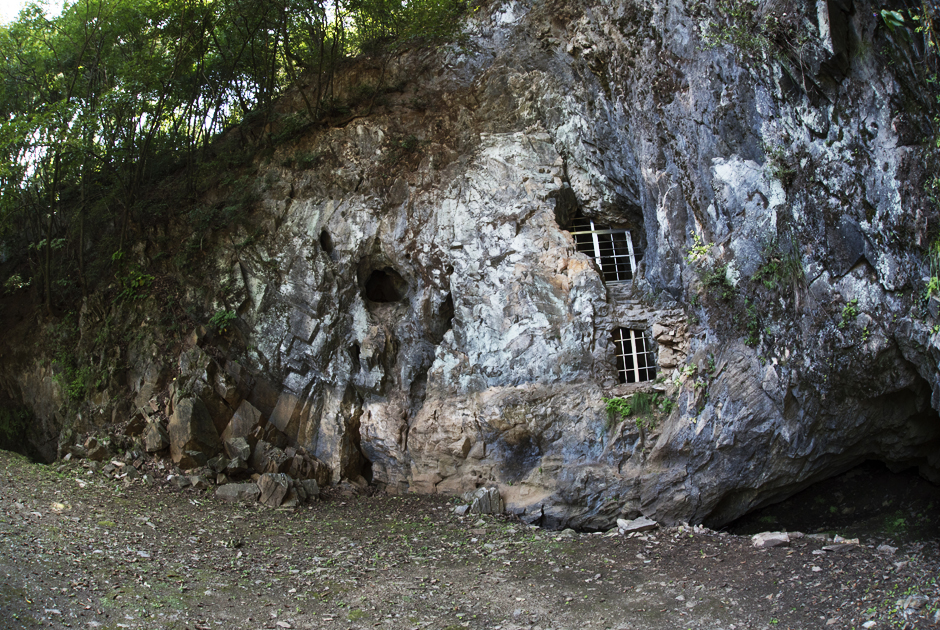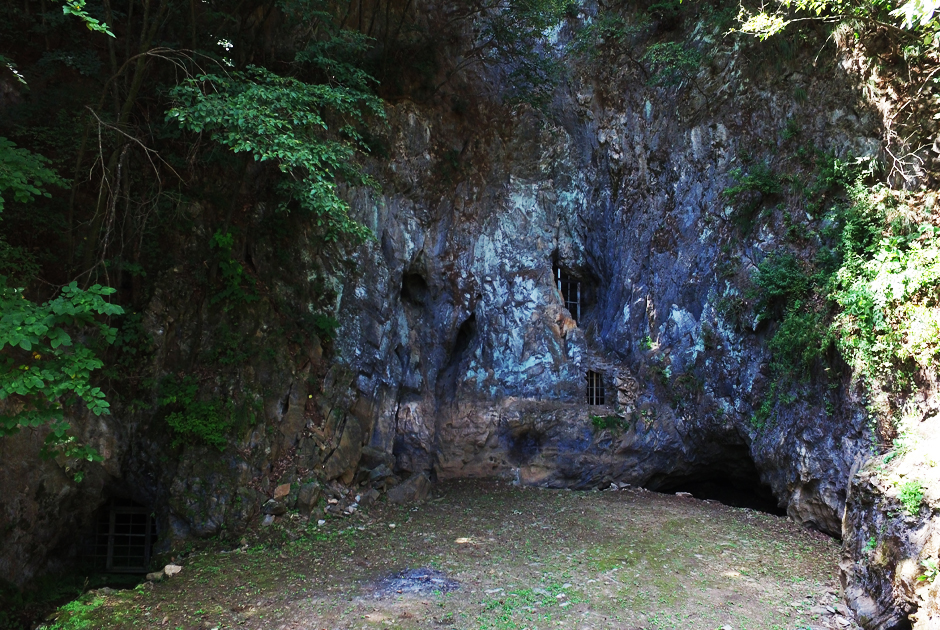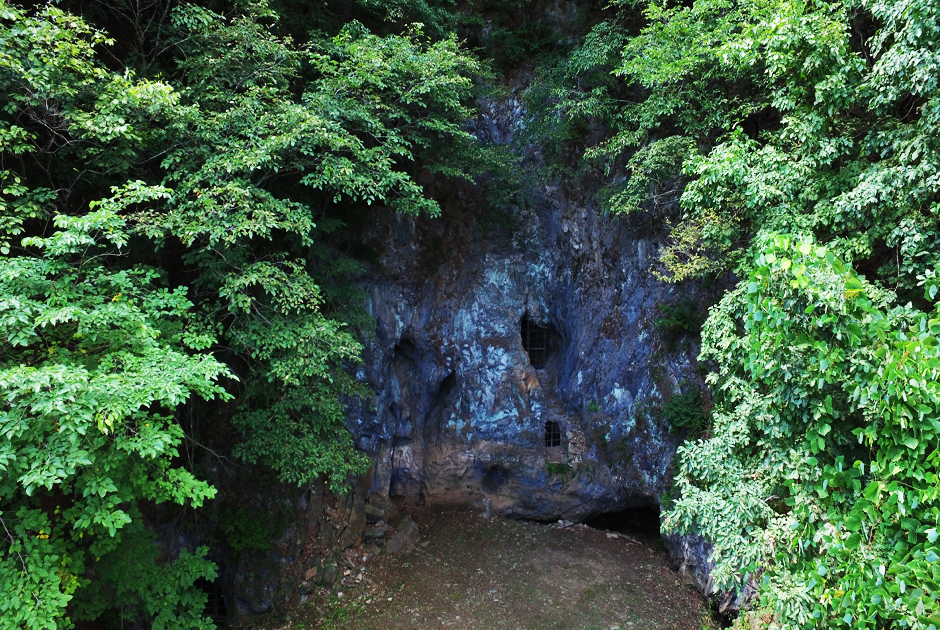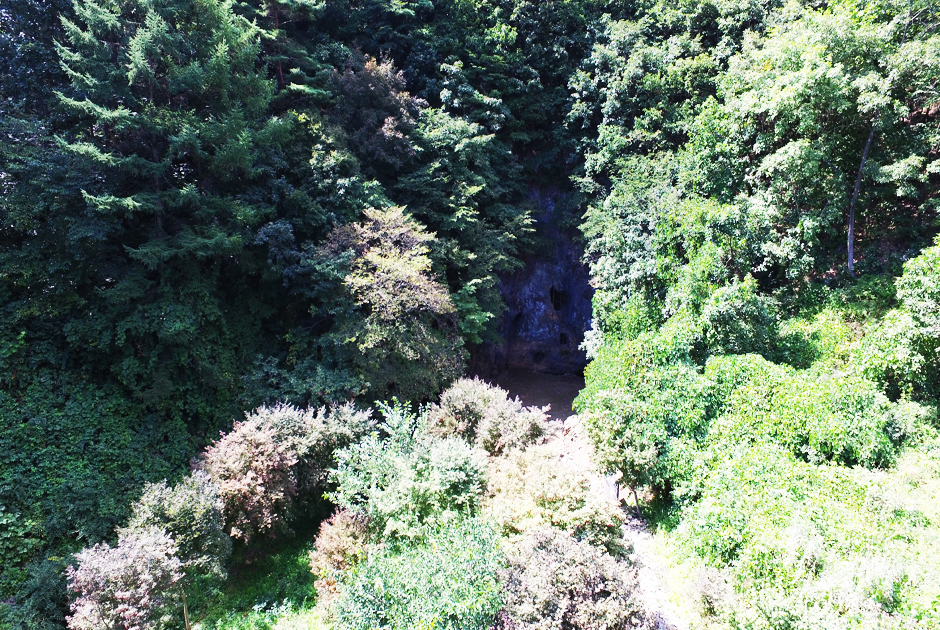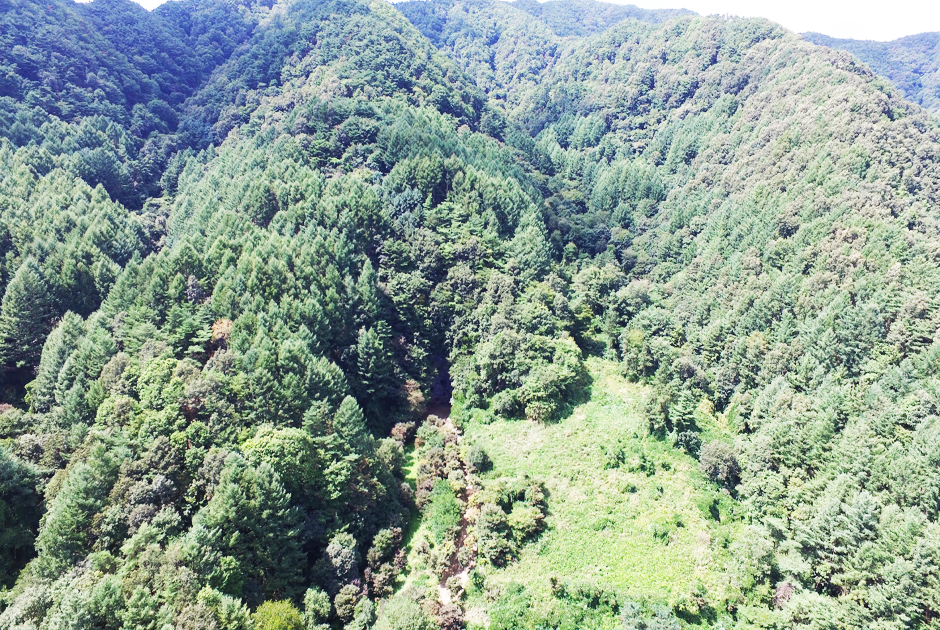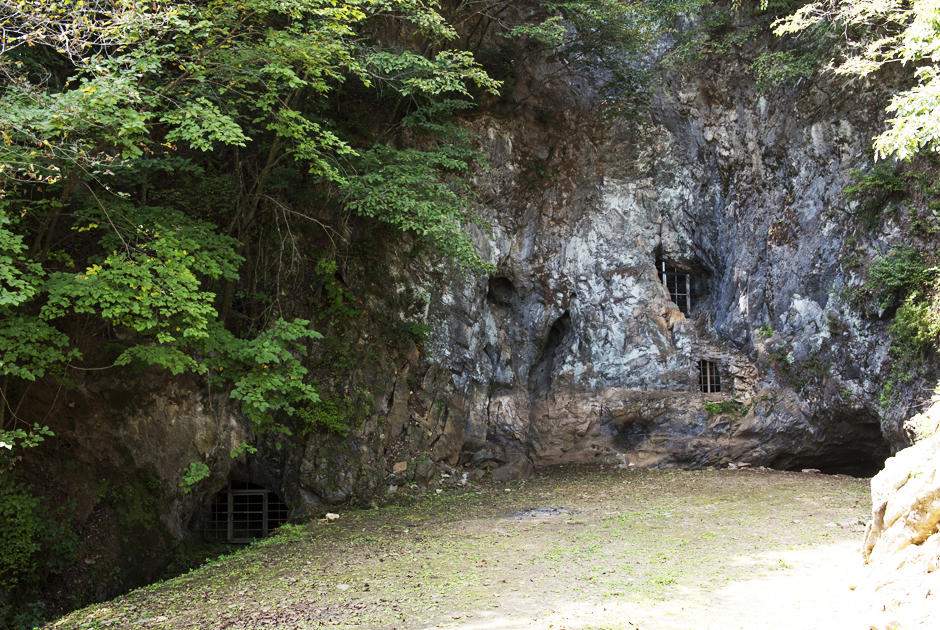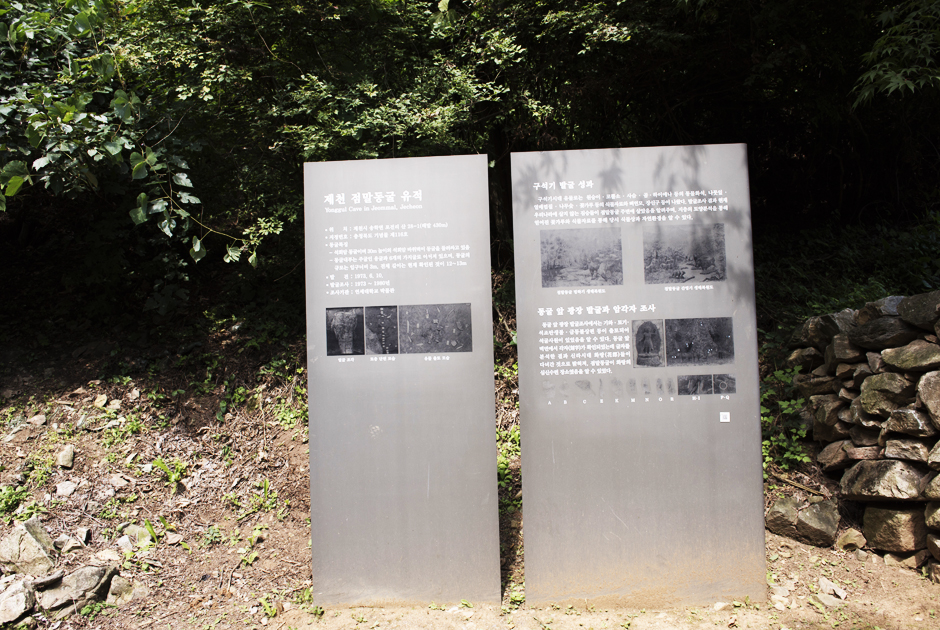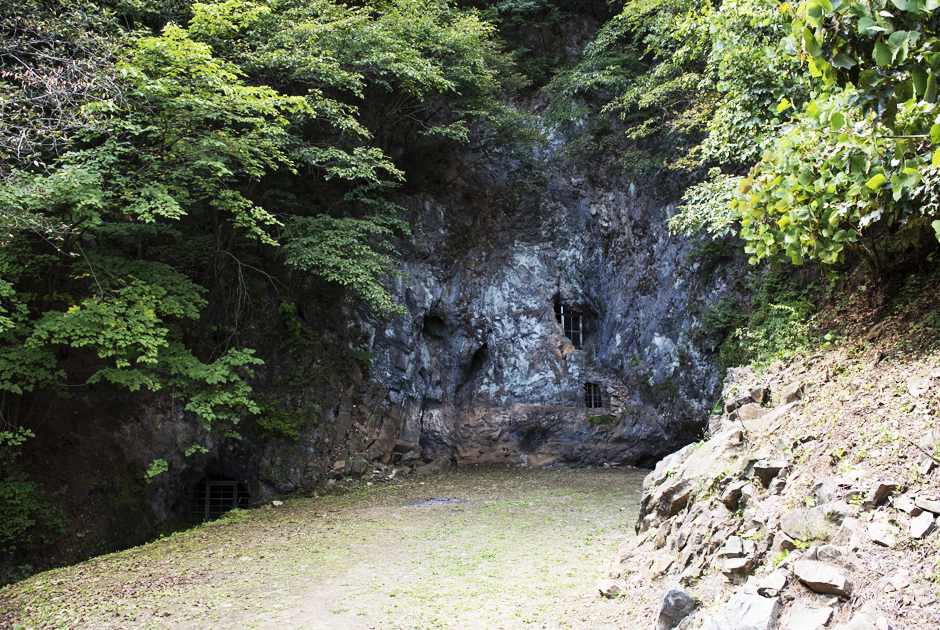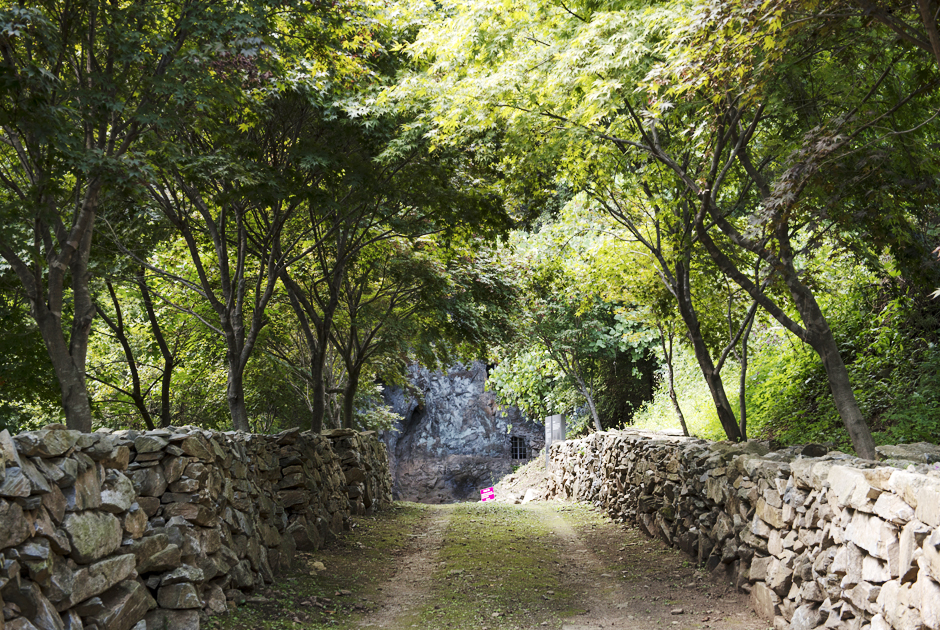Professor Pow-key Sohn, who lead the Yonsei University Museum’s cave exploration team, discovered the Seokjang-ri Site in Gongju as well as the Jeommal Cave in Jecheon and is known as the father of Korean archeology. He discovered various archeological sites in many regions and overturned the distorted history taught by the Japanese (heteronomy theory, etc.) in a scientific and logical manner. He worked all his life to spread correct information related to Korean history. In 1964, his team discovered the Seokjang-ri Site in Gongju for the first time ever in Korea. His research team continued its search to shed light on ancient history, repress the colonial history taught by Japan, and teach people the correct facts. His team wandered about for seven years or more despite the difficult circumstances, and in June 10, 1973, they came to a cave after receiving a report from Jo Seok-deuk, a scholar of ancient history in Jecheon. Jecheon was peculiar in that it had many caves, and this one revealed large bones, horns, and more that had been sold in an herbal medicine shop... The research team entered the cave two days after being informed of it and collected around 4,000 bone artifacts. They began officially digging at the site of the Jemomal Cave on November 3 and ended up discovering how people lived on the Korean peninsula for hundreds of thousands of years as well as the animals and plants of that time. (Please check out the museum in Seokjan-ri, Gongju fo more information on Pow-key Sohn.) Jeommal Cave is currently registered and maintained as a Natural Monument of Chungcheongbuk-do Province. Jecheon-si is planning to protect the archeological importance of the site while also starting environmental cleanup and the Jeommal Cave Tourism Project in 2020, making it known as one of the greatest sites of prehistoric times in Korea.
 자연치유도시 제천 문화관광
자연치유도시 제천 문화관광